Did you know you can taste and grade extra virgin olive oil like a fine wine? Maybe you’re curious about the regional characteristics of Greek versus Californian olives. Or, perhaps, you’re looking for the best-tasting olive oil to use in your fav

As a true daughter of the Mediterranean, extra virgin olive oil is practically a food group in my family. I use it morning, noon, and night.
I stew fresh tomatoes for my morning Shakshuka. A drizzle of finishing oil on Hummus adds the perfect finishing touch to my afternoon snack. I even use it for dessert, baking the most perfectly moist cake (yes, you can bake with olive oil!).
In other words, high-quality extra virgin olive oil has practically run through my veins for generations! But it wasn’t until I began picking olive oil for our shop that I really learned how to taste olive oil like a pro.
On a sourcing trip to Greece, I watched farmers and professionals gently swirl dark blue cups in their hands, take a deep breath, and suck the golden liquid through their teeth so it coated their entire palate. This process aerates the oil, releasing volatile compounds and allowing the taster to experience its nuanced flavors.
With this simple method, you can not only find the type of olive oil you like best, but you can also discover the different characteristics hiding in this healthy, antioxidant-rich fat that’s a major component of the Mediterranean diet.
Table of Contents
- What is Extra Virgin Olive Oil?
- What Does Olive Oil Taste Like?
- How to Taste Olive Oil
- Feel the Burn! All About Oleocanthal
- Tastes Like… Classic Tasting Notes of Olive Oil
- Olive Oil Rancid? How to Tell if It’s Time for a Refresh
- Which Olive Oil to Use for Baking, Salads, etc.
- You’ll Also Like: All About the Mediterranean Pantry
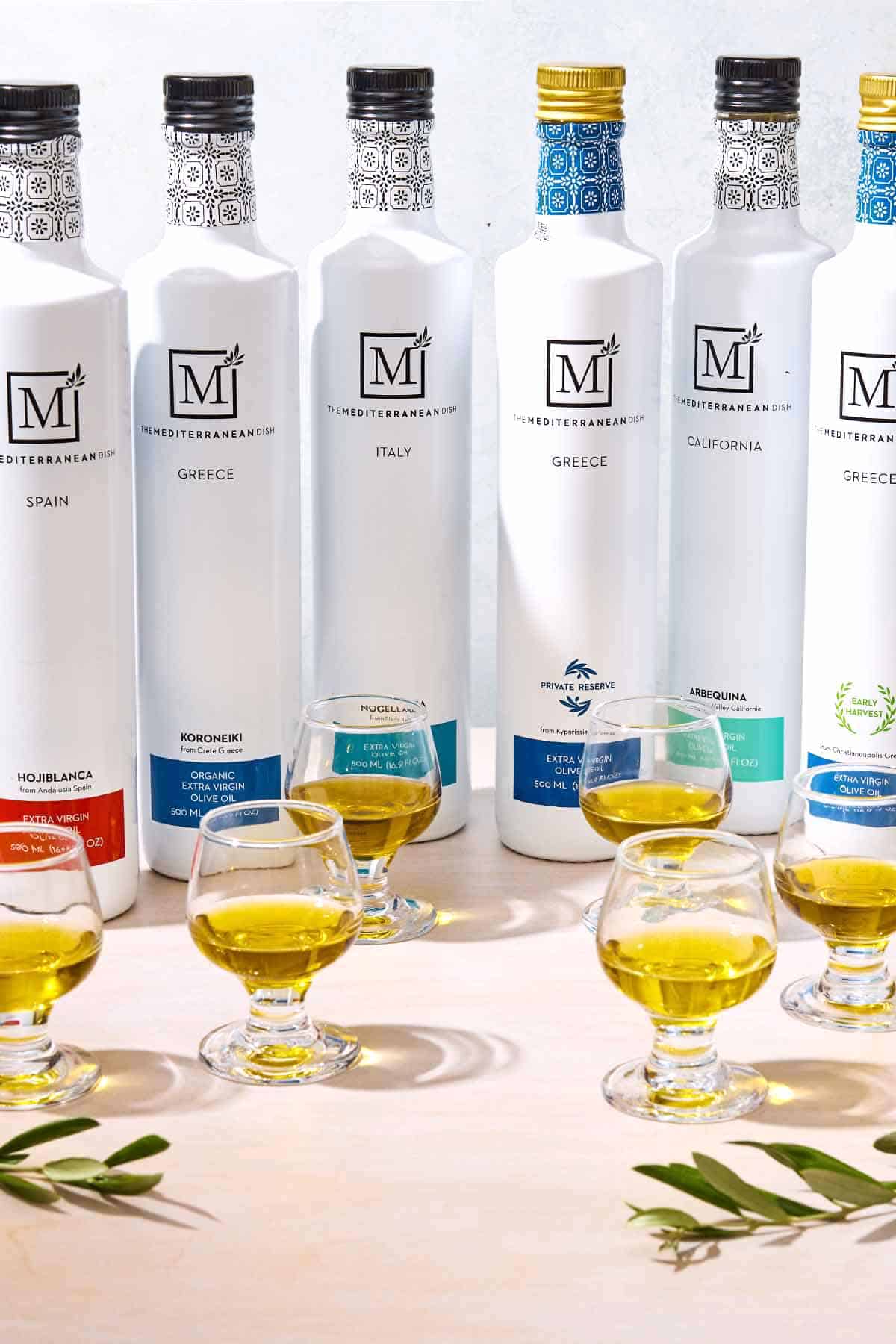
What is Extra Virgin Olive Oil?
Extra Virgin Olive Oil (EVOO) is the highest quality, least processed form of olive oil. It’s extracted using no chemicals or heat, which is why it’s often labeled “cold extracted.”
This process not only makes for a better-tasting product, but it also boasts a lower acidity level (usually below 0.8%) and retains the olive’s natural flavors, aroma, and antioxidant properties.
- READ MORE: Olive Oil 101: Everything You Need to Know
What Does Olive Oil Taste Like?
A high-quality extra virgin olive oil tastes smooth and rich, with a fresh green olive taste, which is quite different from a jarred olive. Think grassy and buttery rather than briney and sour.
On a deeper level, the range in taste is fascinatingly diverse, with some oils tasting light and floral while others taste nutty, herbal, peppery–the list goes on!
- READ MORE: Cooking with Olive Oil
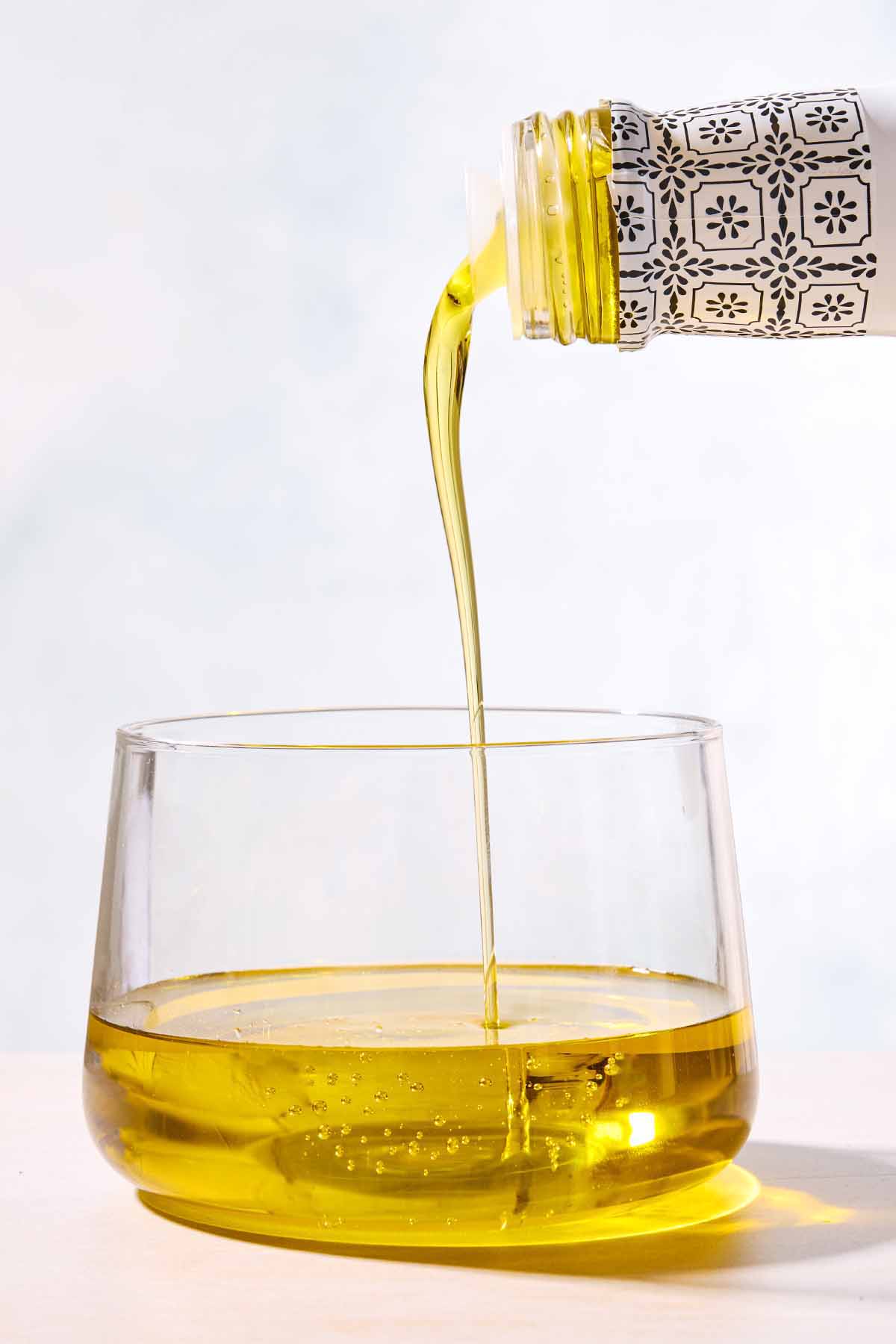
How to Taste Olive Oil
This step-by-step covers how to taste olive oil like a professional taster, but you can of course pick and choose what aspects speak to you. For a more casual tasting, like for a dinner party activity or company icebreaker, you can take a more relaxed approach.
Slice cubes of plain rustic bread or Pita and let people have at it. (You can even check out this video where I’m teaching The Mediterranean Dish team all about how to taste it.) To get the full experience, find your favorite variety, or parse out the types of olive oils you like best:
Get set up.
- Get ready. Line up glasses so each taster has one glass per oil. Place sliced apples on plates or bowls between each oil to act as a palate cleanser. Professionals often use dark-colored blue glass so they’re not influenced by the color of the oil, as the color doesn’t actually tell you anything about taste or quality. Small wine glasses or chatos (Spanish wine glasses) also work well, they just need to be large enough to swirl.
- Track the oils. If you’re doing a blind tasting, give each glass a number that corresponds to an oil (glass pens or erasable markers work well for this, but sticky notes or torn pieces of paper are just fine too!). Optionally, grab notepads and pens so people can take notes. In a professional tasting (be it wine, coffee, whiskey, or chocolate) talking about your tasting notes is rather taboo, as it can interfere with others’ genuine experience. But I think chit-chatting about the tastes is half the fun, so it’s up to you!
- Pour the oil. Pour a couple of inches (2 ounces or so) of oil into each corresponding glass. Line them up so they’re ready to taste. If you already know the basic properties of the oils you’re tasting you may want to go from the lightest to most robust.
Begin tasting one oil at a time.
- Warm and aerate the oil. Use one hand to cup the bottom or bowl of the glass. Set the other hand on top of the glass to trap the aroma. Gently swirl the oil for 30 seconds or so, releasing the aroma as your other hand warms the oil to be closer to your body’s temperature. It’s easier to decipher the taste of room-temperature liquids, be it coffee, tea, olive oil, wine, or even soup. (They say with coffee it’s like a relationship: it’s easier to tell if it’s good once it cools down a bit!)
- Smell the oil. Lift your palm and give the oil a good inhale to two through your nose. Note the smell: is it grassy, fresh, peppery, fruity? Try to be specific if you can–maybe it smells “fruity” but what type of fruit? Does it smell like green apples? Does it bring back a memory, like your grandmother’s orange tree in the spring? Or maybe it just smells like olive oil, and that’s totally okay too. Have fun with it!
- Taste the oil. At long last, it’s time to taste this delicious olive oil! Take a very small sip into the front of your palate, then try your best at the strippagio method (meaning “stripping” in Italian, as it helps to strip apart the different characteristics of the oil). With the oil still at the front of your mouth, suck air air through your front teeth and corners of your mouth to spray the oil all over your palate, hitting every tasting center and giving the oil an intense aeration to unlock the aromas. Then swallow the oil (or you can spit it if you prefer.)
Take Notes
- Take note of what you’re experiencing. You may notice a very peppery burning or stinging sensation in your throat, which will often cause you to cough. This is caused by natural compounds called polyphenols, specifically the antioxidant oleocanthal (more on that below). Just like with the smells, take notes of any associations you may taste, ranging from bananas and walnuts to butter, baker’s chocolate, and green bell peppers.
- Repeat. Repeat with the remaining oils, cleansing your palate with sliced green apple, a rinse of water, or a bite of plain bread if you’d like.
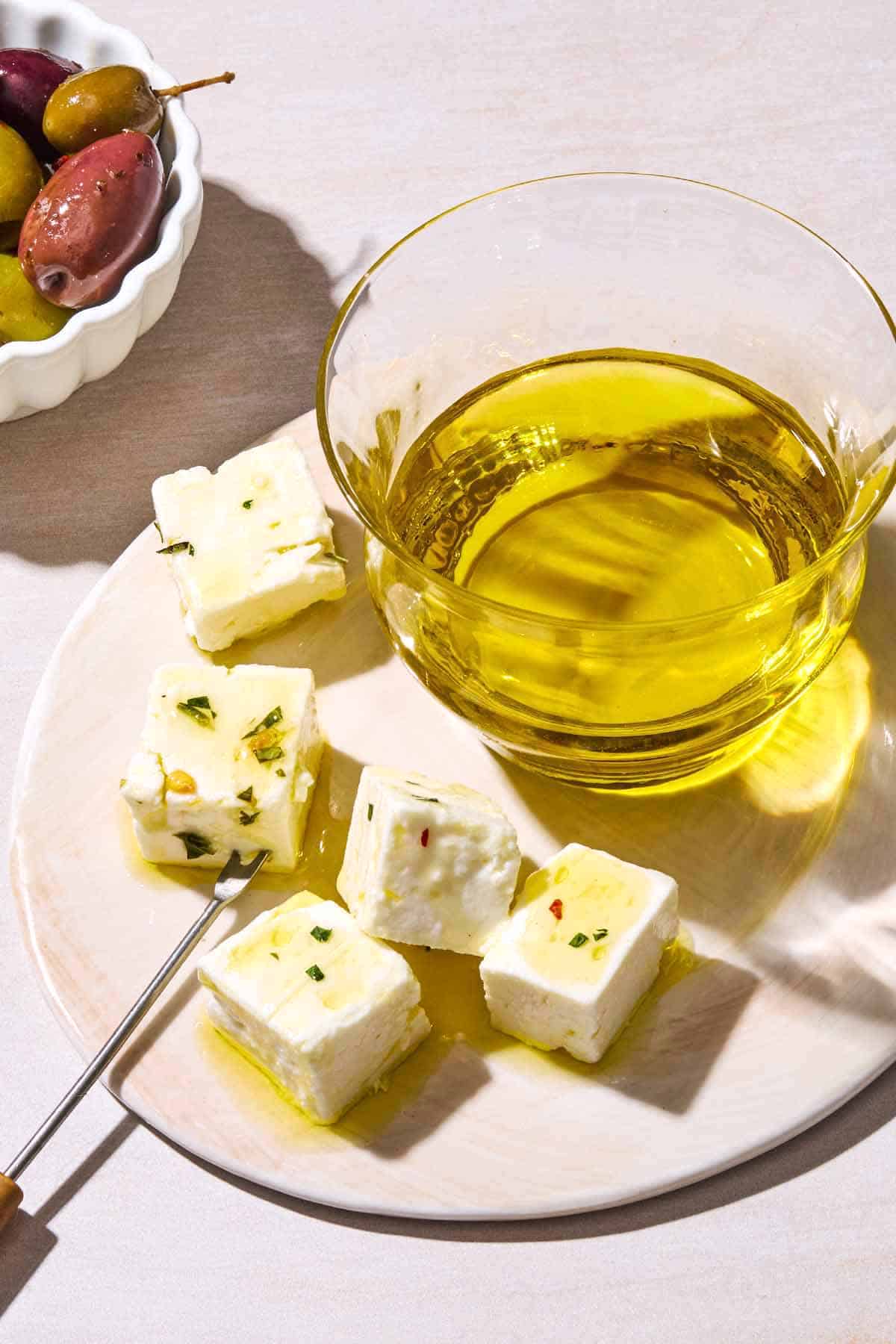
Feel the Burn! All About Oleocanthal
Just like a great workout, feeling the burn is a sign of a great olive oil! That throat-catching peppery note indicates the oil is not only nice and fresh, but also filled with beneficial compounds. Embrace it!
Oleocanthal, a peppery polyphenol with antioxidant qualities, is one of the phenolic compounds naturally found in extra-virgin olive oil. Quality extra virgin olive oils will always list their polyphenol count, with levels above 220 considered high. (All of our extra virgin olive oils are above 220, with our 500mL bottle of Early Harvest – Greek Extra Virgin Olive Oil clocking in the highest at 507.)
The most breathtaking thing about oleocanthal goes well beyond that sting at the back of your throat! According to An Appraisal of the Oleocanthal-Rich Extra Virgin Olive Oil (EVOO) and Its Potential Anticancer and Neuroprotective Properties, a study published in 2023 by the National Library of Medicine, “Preclinical evidence supports the existence of antioxidant and anti-inflammatory properties exerted by the polyphenol oleocanthal, which belongs to the EVOO minor polar compound subclass of secoiridoids (like oleuropein).”
In other words, scientists have cited EVOO as one of the key factors in the well-documented antioxidant and anti-inflammatory benefits of the Mediterranean Diet.
In fact, an article from the National Library of Medicine states that oleocanthal found in olive oil is a natural anti-inflammatory akin to ibuprofen, stating, “Newly pressed extra-virgin olive oil contains oleocanthal–a compound whose pungency induces a strong stinging sensation in the throat, not unlike that caused by solutions of the non-steroidal anti-inflammatory drug ibuprofen… .”
While flavor is a big reason why we love extra-virgin olive oil it’s not the only reason. Quality extra virgin olive oil really is good for you too.
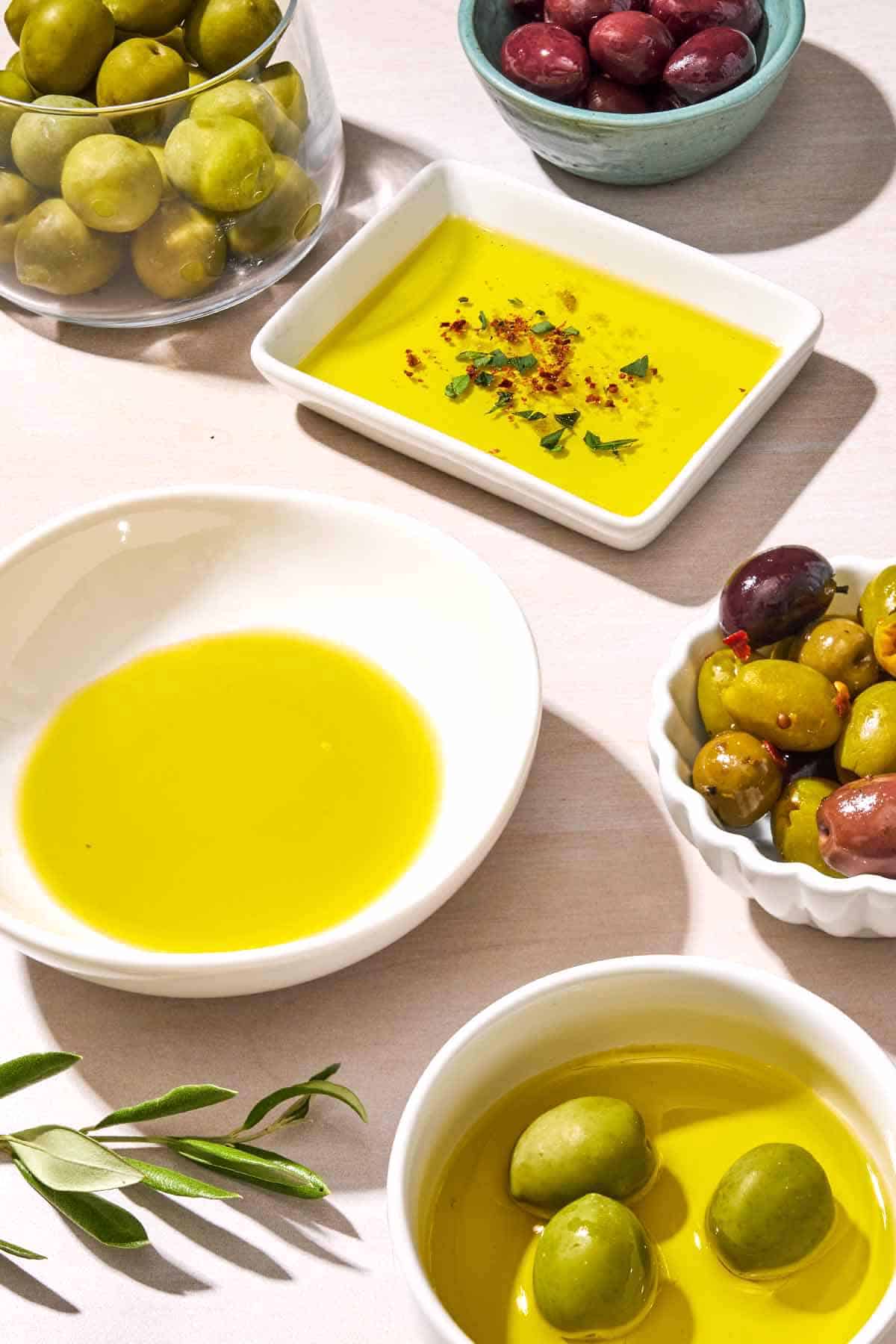
Tastes Like… Classic Tasting Notes of Olive Oil
Associations is one of the trickiest–and most valuable–skills for a taster. You may get stuck on something that tastes so darn familiar–but what, exactly, it tastes like gets stuck right on the tip of your tongue. Here are some general guidelines for olive oil tasting to get you started:
- Fruity: Apple, banana, tropical fruits, or ripe fruits. A fruity taste is typically associated with oils made from fresh, perfectly ripe olives.
- Bitter: You experience bitterness in the back of the throat, with the front and side of your mouth indicating sour, which is often confused. Think dark roast coffee, Campari, chocolate–lemon rind rather than lemon juice.
- Green: Fresh-cut grass, parsley, basil, thyme or other herbs. Typically associated with early harvest olive oil.
- Nutty: Almond, walnut, peanut, hazelnut. Often associated with a later harvest olive oil.
- Floral: Rose, chamomile.
- Peppery: Like really fresh arugula, this peppery note is a sign of high-quality oil rich in polyphenols and antioxidants.
- Vegetal: Artichoke, tomato leaf.
An olive oil’s body is another major factor for how you experience it. Here are some ways to describe the mouthfeel of an olive oil:
- Velvety/creamy/buttery/silky: Rich, luscious, and luxurious like Chocolate Mousse.
- Viscous/full-bodied/robust/rich: Syrupy-like Balsamic Reduction.
- Crisp/delicate/light: Refreshing and clean like a biting white wine.
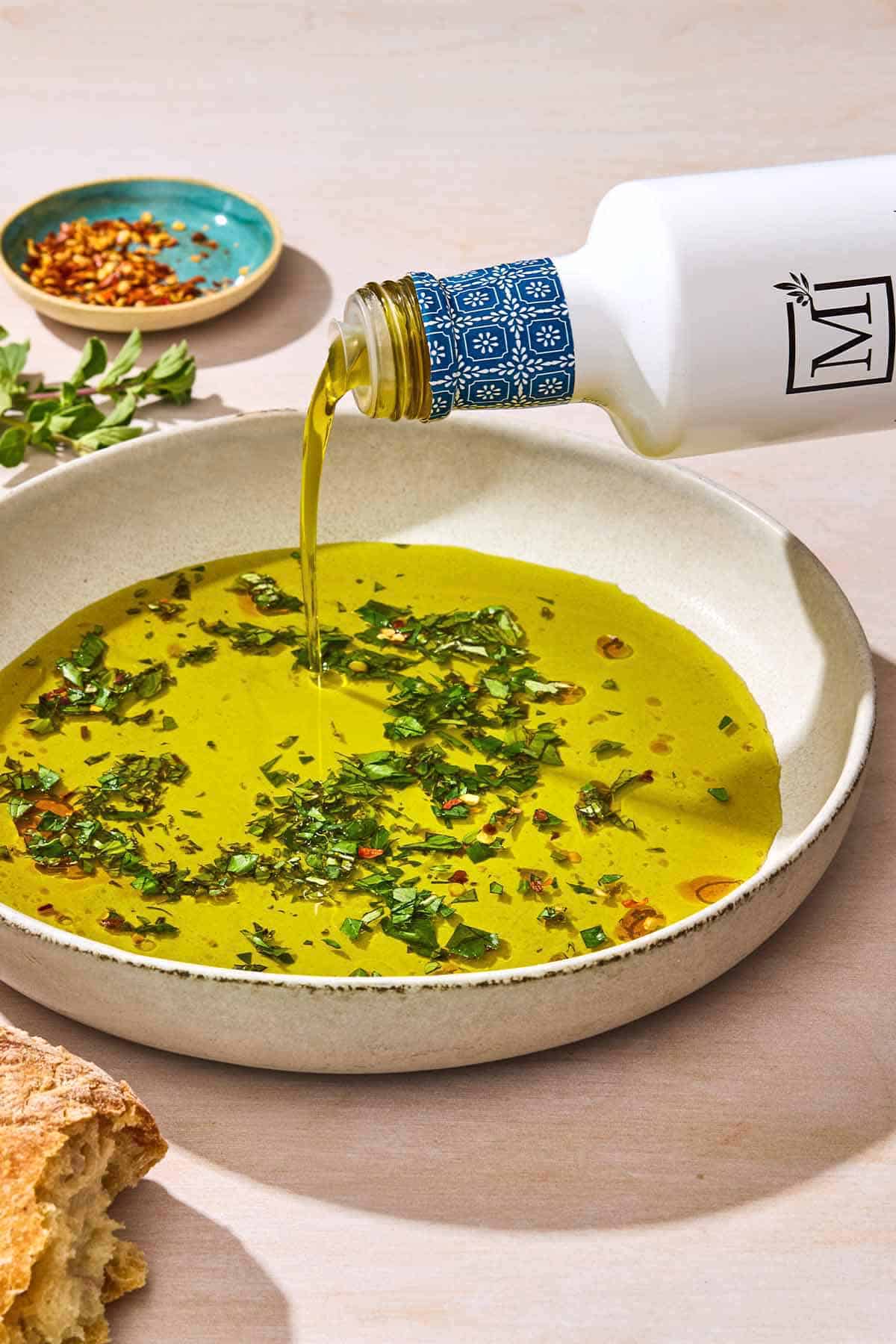
Olive Oil Rancid? How to Tell if It’s Time for a Refresh
Unlike wine, olive oil does not get better with age and you should not save it for a special occasion. Use an open bottle within 3 months. A sealed bottle, stored in a cool, dark place, can last up to 2 years.
But that’s not the only thing that can cause olive oil to go bad. The way it was harvested, contamination, shipping issues, and more can cause that liquid gold to go rancid.
Signs of a rancid oil include:
- Smells musty: Like an old book or a damp basement.
- Smells/tastes fermented: Like wine or vinegar.
- Smells/tastes waxy: Like crayons or candles or bandaids (agreed: yuck).

Which Olive Oil to Use for Baking, Salads, etc.
Here are some quick and easy rules-of-thumb:
- For dessert: Use a smooth, light, buttery olive oil, like California Arbequina or Italian Nocellara.
- For a finishing oil: Use a bold, robust oil with a full personality, like peppery Spanish Hojiblanca or extra-rich Greek Early Harvest. (Pour it over hummus, drizzle over soups and dress vegetables.)
- For sauteing/roasting/general cooking: You really don’t need to be too picky here, it just needs to have a pleasant flavor. Reach for whichever high-quality extra virgin variety is your favorite.
- For marinades: I love a medium to rich-bodied oil, like our Greek Private Reserve, but again you don’t need to be too picky here so long as it has a pleasant flavor.
- For salad dressings: Depends on the salad, but a delicious flavor-forward oil is important since it’ll be a big part of seasoning the salad. Any of the oils at our shop are great, but for a great all-purpose oil that’s smooth and full-bodied, try Greek Koroneiki.
Bundle and Save!
Taste your way through the Mediterranean with our signature olive oil collection, including our famous Greek olive oils, Private Reserve and Early Harvest, plus our new Nocellara Italian olive oil and Hojiblanca Spanish olive oil.

You’ll Also Like: All About the Mediterranean Pantry
Mediterranean Spices
Urfa Biber: The Turkish Chili Pepper You Want In Your Spice Drawer
Ingredients
What is Tahini?
Ingredients
What is Rose Water and How Do You Use It?
Browse all Mediterranean recipes.
Visit Our Shop.

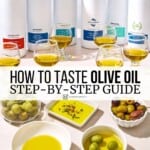




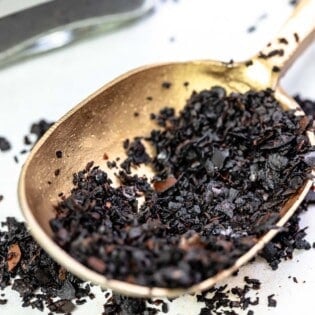
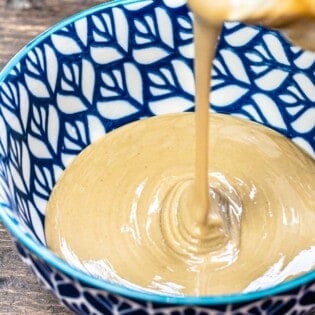
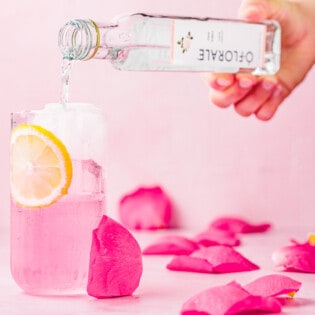
All these influencers are talking about taking a shot
Of
Olive oil how do we really know which one is best ?
Hi, Shannon. We have a great guide that will help you answer this question. You can click here to view it.
Thank you for your article on Tasting Olive Oil. I grew up in Brazil where the Olive Oil came in five litter cans. I never saw a bottle. I live in the US now.
So glad you found the article helpful, Dale!